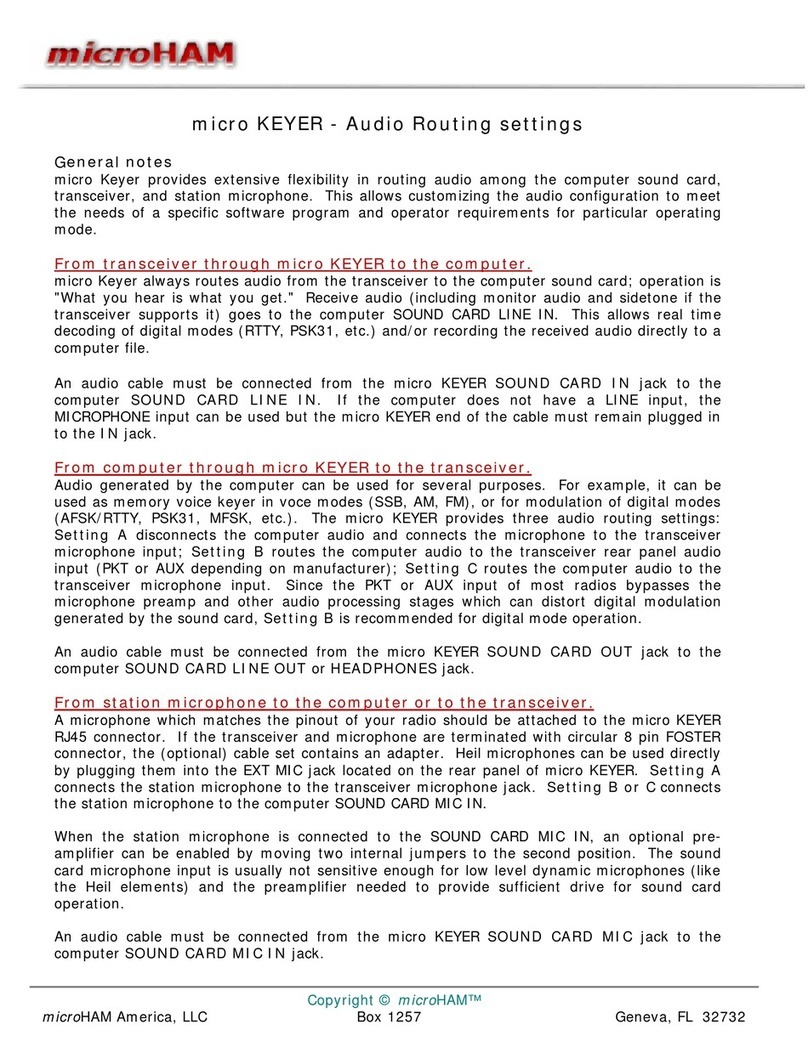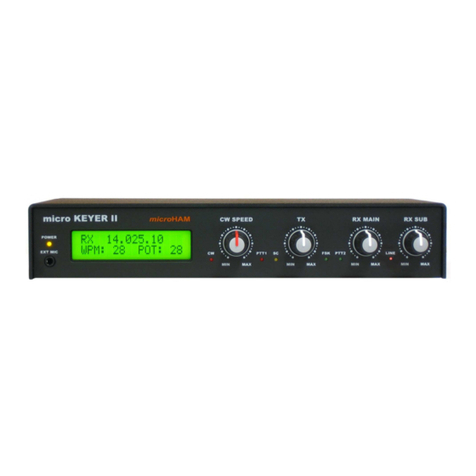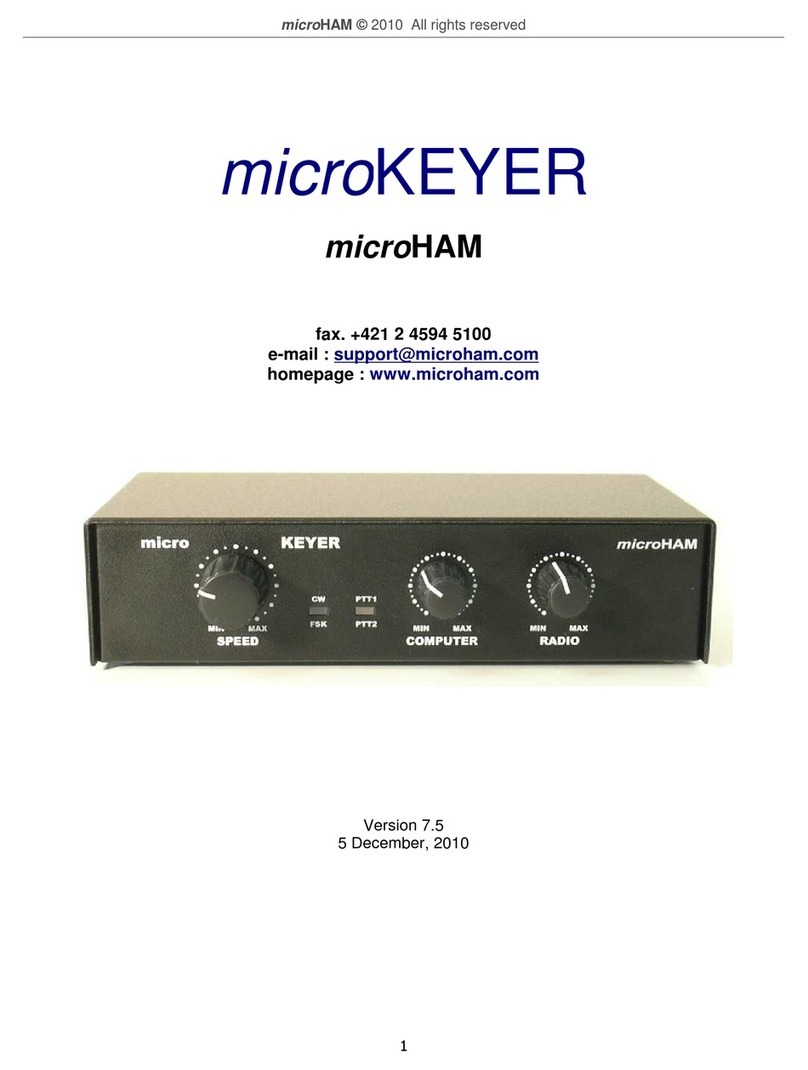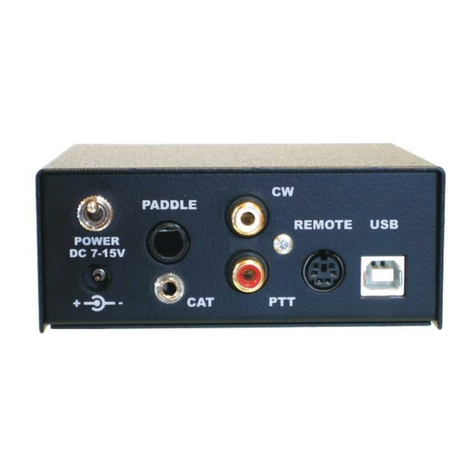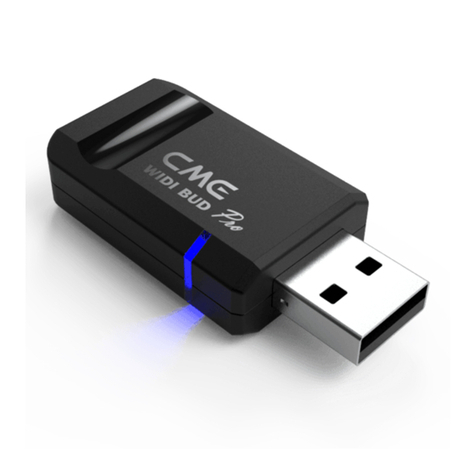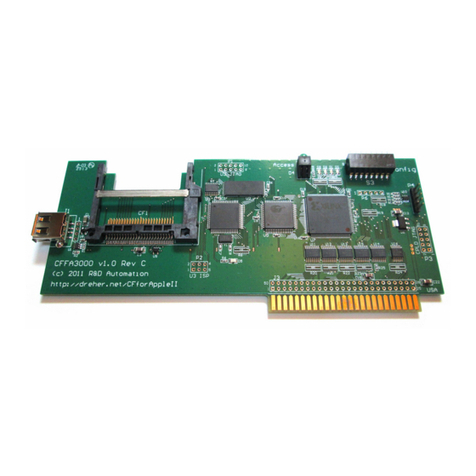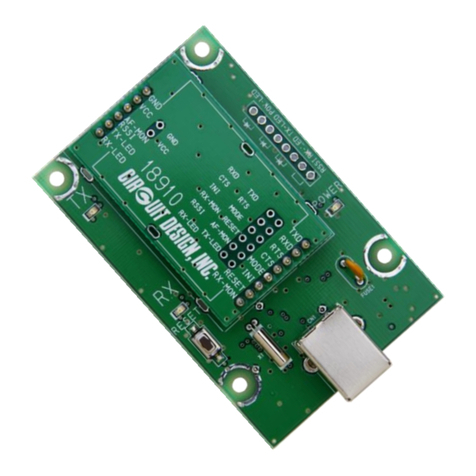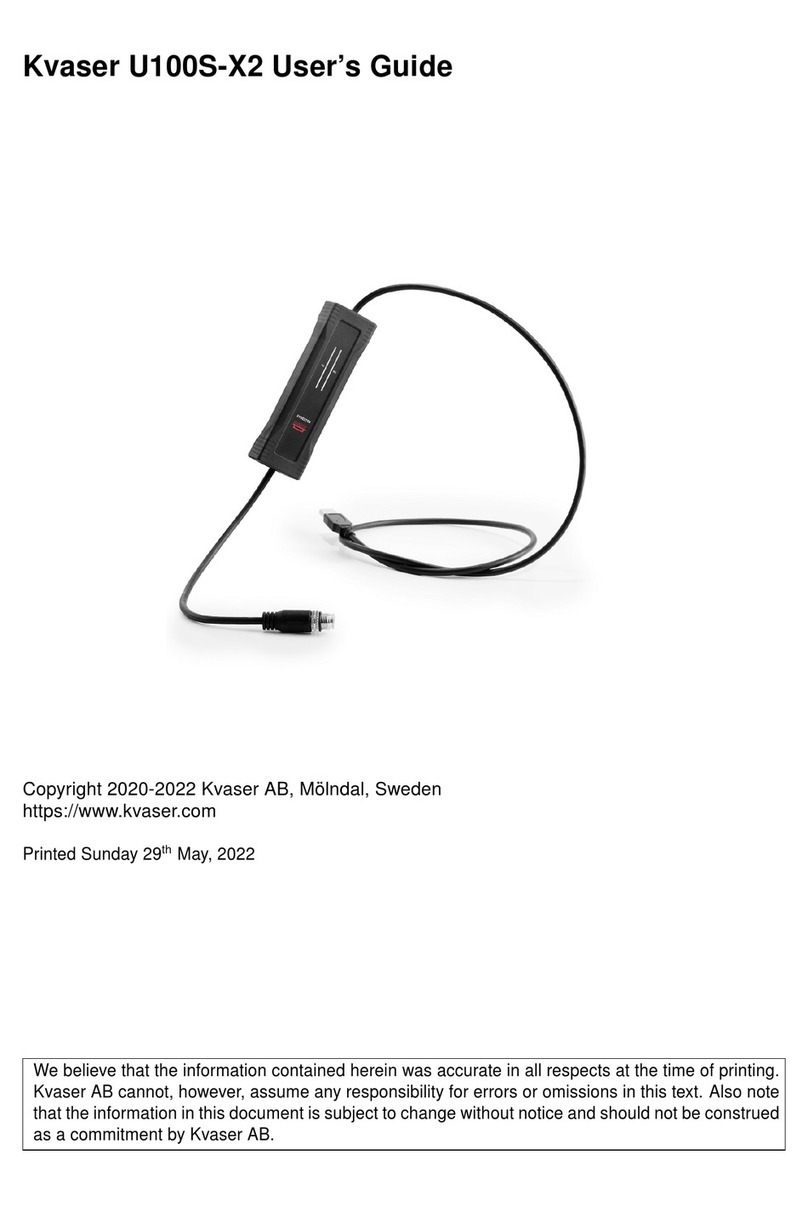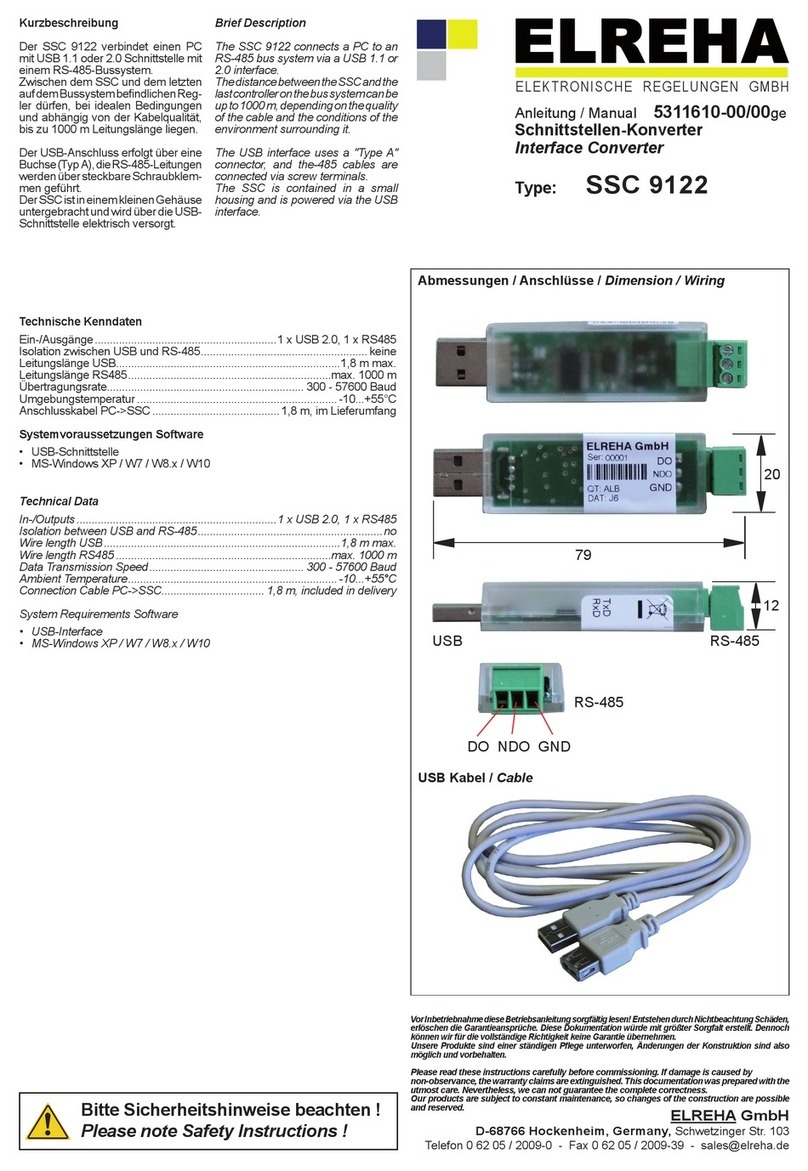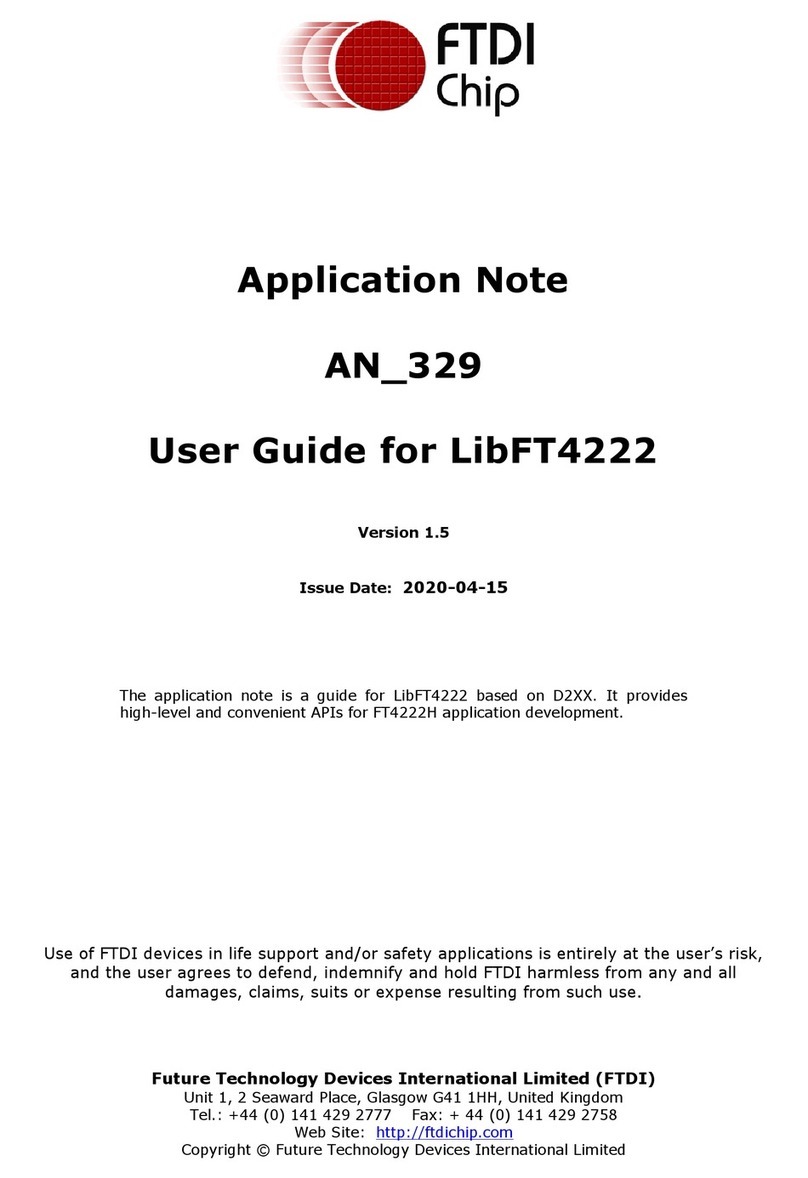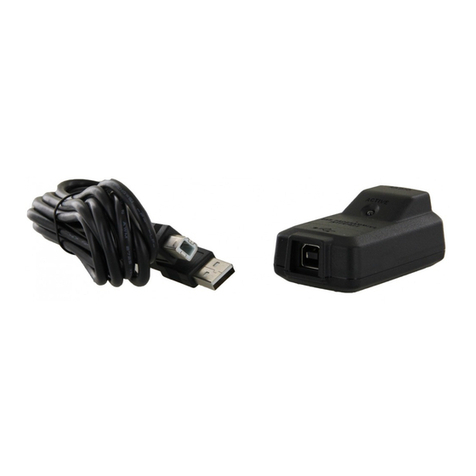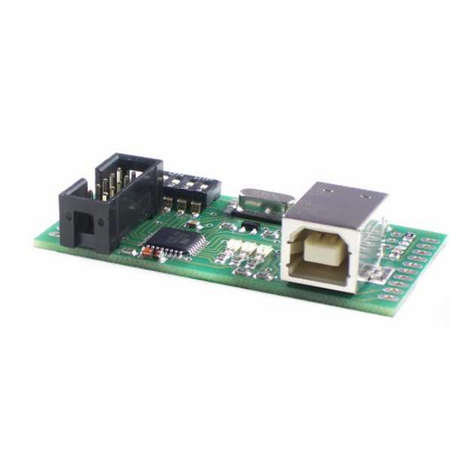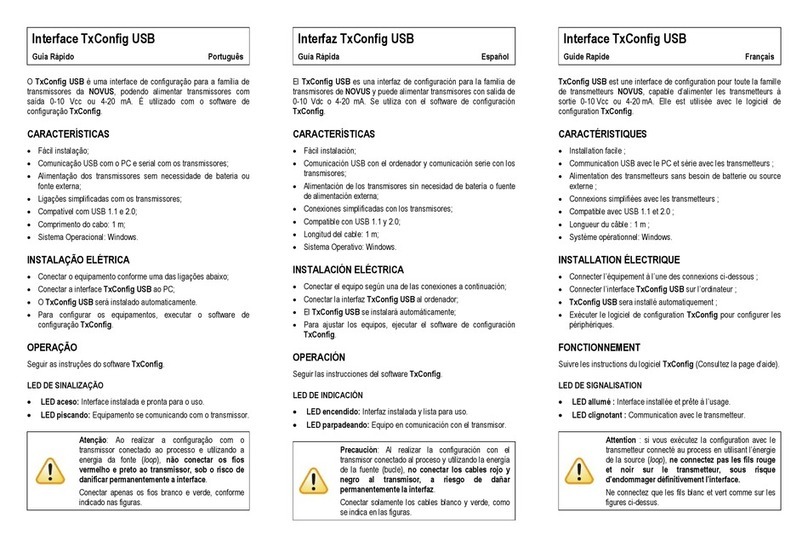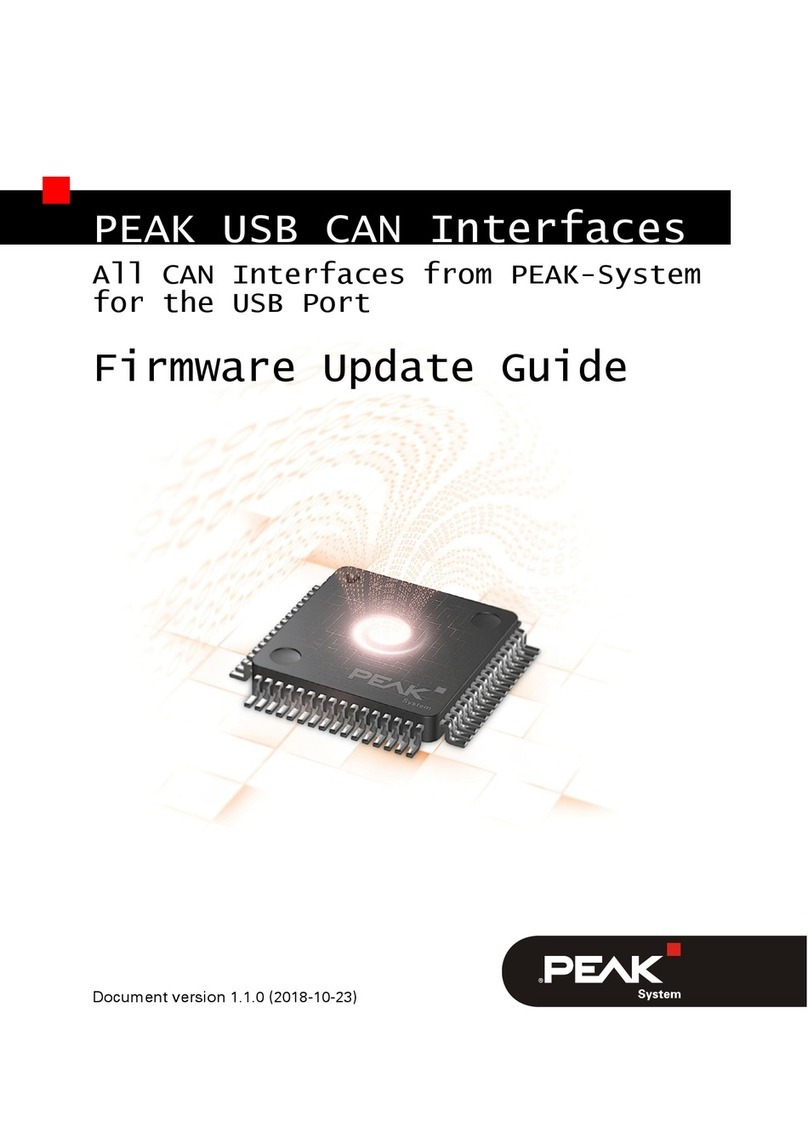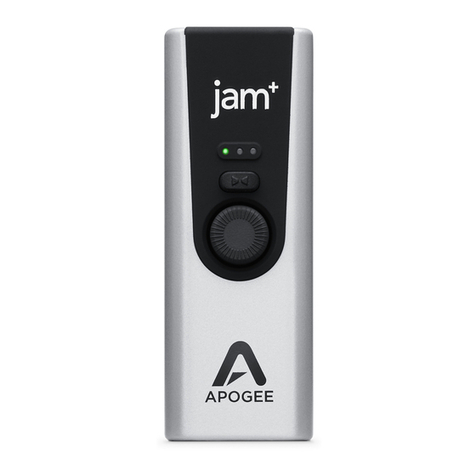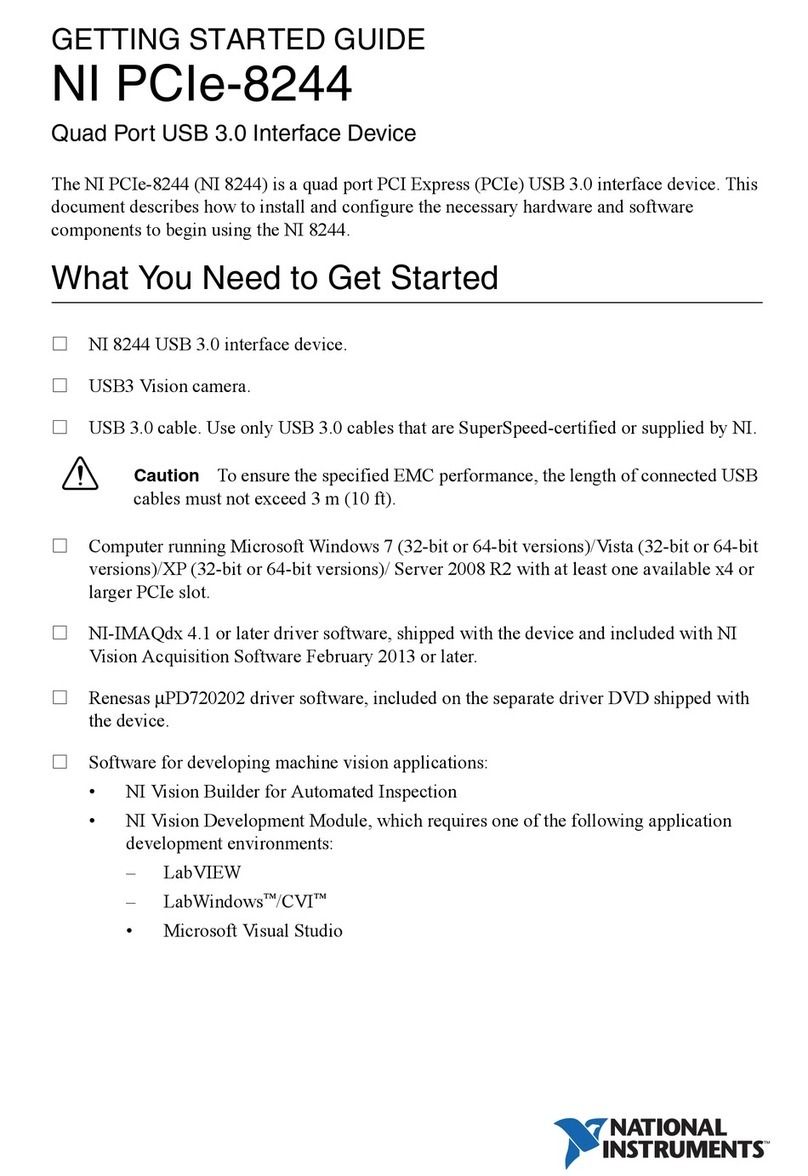
microHAM © 2016 All rights reserved
TABLE OF CONTENTS
CHAPTER PAGE
1. FEATURES AND FUNCTIONS ........................................................................................................ 3
2. IMPORTANT WARNINGS ................................................................................................................ 3
3. PANEL DESCRIPTION .................................................................................................................... 4
Front Panel .......................................................................................................................... 4
Rear Panel .......................................................................................................................... 5
4. INSTALLATION ................................................................................................................................ 6
Preparing for Use................................................................................................................. 6
Macintosh (OS-X) Installation .............................................................................................. 7
Windows Installation ............................................................................................................ 7
Installing microHAM USB Device Router ......................................................................7
Configuring USB Audio Codec ........................................................................8
Configuring microHAM USB Device Router ................................................................ 9
Creating and Using Virtual Ports ................................................................................ 10
5. microHAM DEVICE ROUTER ........................................................................................................ 11
Menu: Router ..................................................................................................................... 11
Menu: Preset ..................................................................................................................... 12
Menu: Device ..................................................................................................................... 13
Menu: Virtual Port .............................................................................................................. 14
Menu: Help ........................................................................................................................ 15
Device Configuration .......................................................................................................... 15
Ports Tab..................................................................................................................... 16
CAT& 2
nd
CAT ...................................................................................................... 17
FSK & 2
nd
FSK .................................................................................................... 20
CW ....................................................................................................................... 21
PTT & 2
nd
PTT ..................................................................................................... 22
Squelch ................................................................................................................ 22
Control...................................................................................................................22
Keying Tab.................................................................................................................. 23
Audio .................................................................................................................... 23
PTT........................................................................................................................24
FSK from Keyboard .....................................................................................................24
FSK Messages ............................................................................................................24
6. SETTING AUDIO LEVELS ............................................................................................................. 25
7. EXTERNAL KEYBOARD ................................................................................................................ 27
8. PACKAGE CONTENTS .................................................................................................................. 27
9. WARRANTY ................................................................................................................................... 28
10. SPECIFICATIONS .......................................................................................................................... 28
11. SYSTEM CONSIDERATIONS ........................................................................................................ 29
12. HARDWARE SPECIFICATIONS .................................................................................................... 29
13. DECLARATION OF CONFORMITY .............................................................................................. 30
APPENDIX A – CONNECTORS ............................................................................................... 31
APPENDIX B – RFI Considerations ........................................................................................... 32
APPENDIX C – Tracking ........................................................................................................... 33
APPENDIX D – Cables and Bridges .......................................................................................... 34
2
